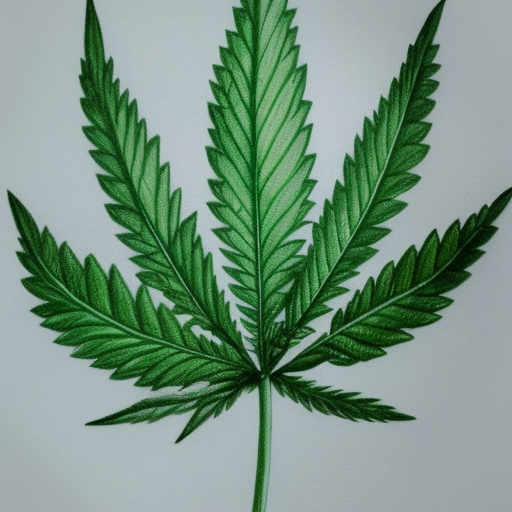
The new analysis published by the American Medical Association (AMA) this week has added to the growing body of evidence linking cannabis with reduced opioid prescriptions. The study, which studied a sample population of more than 8,000 patients registered in New York’s medical cannabis program, found that among pain patients who received marijuana for more than 30 days, opioid amounts fell by nearly half.
The data was pulled from the state’s medical cannabis program between 2017 and 2019 and linked patient records with official logs of prescribed opioids, which are reported to the state’s prescription monitoring program registry. It divided the 8,165 patients into two groups: those who received cannabis for more than 30 days after first being dispensed cannabis and those who stopped making purchases after less than a month.
In comparing the amount of opioids prescribed to the two groups during an eight-month period after patients first received medical marijuana, researchers found that those who received medical marijuana for longer saw a reduction of 47-51 percent in their baseline dosages. Those who received cannabis for less than 30 days saw reductions of just 4-14 percent.
Though it does not measure why patients chose to use medical marijuana or if they supplemented their dosages with drugs from other sources though, this study is still significant as it adds robust evidence to clinicians regarding the potential benefits of medical cannabis in reducing opioid dosages for chronic pain patients.
In addition to this week’s report linking long-term medical marijuana use with diminished opioid prescription levels, there have been numerous other studies involving cannabis as a viable treatment for chronic pain in recent months. A similar report last month found that adult-use cannabis legalization at the state level was associated with “reductions in opioid demand” and another AMA study found that one in three chronic pain patients reported using marijuana as a treatment option as well as most using it as a substitute for other medications like opioids.
There have also been reports noting how legal access to medical cannabis can help reduce or stop use of opioid painkillers without compromising quality of life and that pharmaceutical companies take a serious economic hit after states legalize marijuana with an average market loss of nearly $10 billion per each legalization event. There was also research released last year that showed legalizing marijuana for adult use is associated with “significant reductions” in the use of prescription drugs for multiple conditions.
In short, the growing body of evidence demonstrates that marijuana is a relatively safe and effective pain reliever–and that patients with legal access to it consistently reduce their use of prescription opioid medications–without risking overdose or suicide. This makes it even more important that states adopt sensible policies allowing access to medical marijuana so people suffering from chronic pain can have access to safe alternative treatments like cannabis over potentially dangerous opioids.

